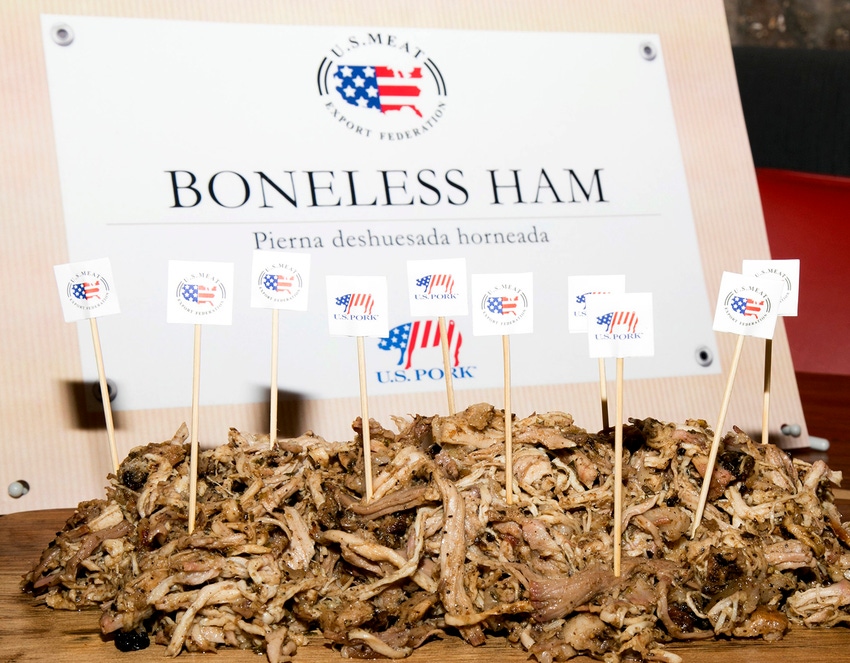United States now largest supplier of chilled pork to Korea due to KORUS; beef exports benefited greatly from duty-free access to FTA partners.
February 14, 2022

Trade agreements played a major role in U.S. red meat exports reaching a record high in export value, with $18.7 billion in 2021. U.S. Meat Export Federation Economist Erin Borror says greatly reduced tariffs helped pave the way for record large red meat exports, beginning with soaring beef exports to Korea.
"Korea's consumption per capita has increased by 40% compared to 2012. There are lots of drivers in play in the market, but certainly in the KORUS FTA (free trade agreement). We've watched that duty notch down from 40%, down to this year 10.7%," Borror says. "That has certainly helped make a wider range of U.S. beef available in the market."
While the biggest tonnage growth last year was into China due to the U.S.-China Phase One Agreement, the Japan-U.S. agreement has also been critical.
"Japan's tariffs are still relatively high even with the FTAs, but for U.S., we are fortunately on a level tariff playing field," Borror says.
In the Western Hemisphere, beef exports benefited greatly from duty-free access to FTA partners such as Central America, the Dominican Republic, Colombia, Peru and Chile.
For U.S. pork, exports to Mexico were record-large in 2021, capitalizing on duty-free access achieved through North American Free Trade Agreement and solidified by the U.S.-Mexico-Canada Agreement. Pork shipments also soared to Central America and rebounded impressively in Colombia, even with pork cuts commanding higher prices.
"So on the pork side, duty-free access into these Western Hemisphere markets was really critical in moving such a huge increase in volume at higher prices," Borror says. "Shipments of U.S. pork to Mexico again, huge record year, and then as you move on south into Central America, just an amazing year, 41% increase. In Colombia, it was partially a rebound story."
Zero-duty access under KORUS helped the United States become the largest supplier of chilled pork to Korea and, similar to beef, the U.S.-Japan Trade Agreement bolstered U.S. pork's position in the highly competitive Japanese market. For example, Japan's tariff rate on U.S. ground seasoned pork – a key ingredient in sausages processed and sold in Japan – had been 20% but will decline to zero by 2025.
"Again, there's room for further growth in Korea, tariffs have already been eliminated, and last year, we really saw the U.S. emerge as the top supplier of chilled pork into Korea," Borror says. "For Japan again, the Japan agreement absolutely essential, especially for things like our ground seasoned pork. We would have been stuck at 20% and instead that tariff's phasing to zero quickly."
Source: U.S. Meat Export Federation, which is solely responsible for the information provided, and wholly owns the information. Informa Business Media and all its subsidiaries are not responsible for any of the content contained in this information asset. The opinions of this writer are not necessarily those of Farm Progress/Informa.
About the Author(s)
You May Also Like



